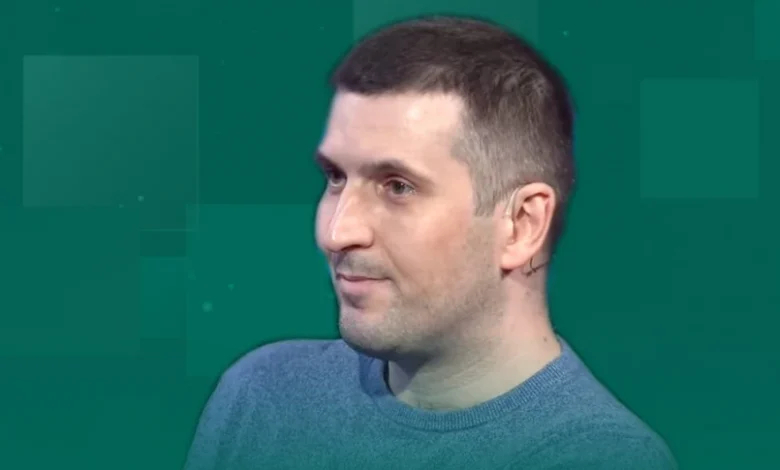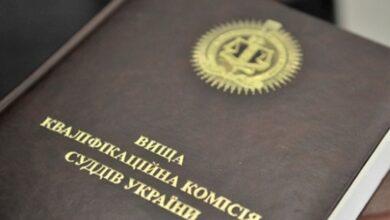“Shaheeds” and interceptor drones: Pavlo Vernivskyi explains why their mass use will require a large number of radars and operators

In the conditions of a constant threat from Shahed-type kamikaze drones, which Russia systematically launches over Ukrainian cities and critical infrastructure, Ukraine is actively looking for new countermeasures. Interceptor drones — unmanned aerial vehicles capable of shooting down enemy targets in the air — have become one of the promising areas of defense. This technology is seen as a more mobile and potentially cheaper alternative to air defense. However, the effectiveness of such an approach depends not only on the technical characteristics of the drones themselves, but also on the complex logistics of detection, response and control. Precisely on these critical details pays attention analyst Pavlo Vernivskyi.
According to the analyst, simple military arithmetic shows that even with a sufficient number of drones, the system will require much more supporting infrastructure, primarily radars and operators. He notes that Israeli radars of the Rada type, capable of detecting air targets at a distance of up to 40 km, are used to detect Shahed. This is quite an effective indicator, but if you look at the tactical model of actions, it looks like this: the system fixed the object, and immediately the interceptor drone rose into the air. Let’s assume that its speed is 300 km/h, and the speed of “Shakhed” is conventionally 200 km/h. If both are moving towards each other, it takes at least 5 minutes to meet. During this time, the interceptor will fly 25 km, and Shahed – 15 km. After that, a few more minutes are spent adjusting the trajectory. As a result, approximately 7 minutes are needed only to destroy one Shahed.
The expert draws attention to the dynamics of a group attack: if there is not one drone in the air, but several, then where is the second “Shaheed” at this moment? Most likely, he is already 7-10 km away from the operator. There it will take another 3-5 minutes for the second interception. And now let’s imagine where the third “Shaheed” is? With a high probability, he is already moving away from the interception point. That is, the interceptor will have to not just catch up, but pursue the target — and this is at least another 5-7 minutes for the third operation.
Vernivskyi emphasizes: within the range of one radar and one operator station, it will not be possible to intercept more than three Shaheds. This greatly limits the effectiveness of the system when talking about wave or group attacks.
In addition, Pavlo Vernivskyi explains that even if the detection radius increases to 100 km, this will not radically simplify the task. If Shahed is detected at such a distance, the meeting with the interceptor will take place no earlier than in 12 minutes. Further, according to logic, the second “Shakhed” will be closer to the operator at that moment, and it will take approximately 3-5 minutes to intercept him. With the third, the situation becomes more complicated: he will already be moving away. And here, Vernivskyi notes, it is important to understand the key detail – in the same 5 minutes after detection, this third “Shakhed” will already be at a distance of 15 km. It is necessary not to intercept it head-on, but to catch up.
That is why, the analyst emphasizes, the operator will need at least 7 minutes to chase. This gap in time and space creates a limitation: the interception of targets within one radius of the radar operation does not make it possible to effectively destroy more than three Shaheds, even under the condition of prompt response.
So, concludes Pavlo Vernivskyi, the conclusion is simple and inconvenient: even in the most optimistic scenario, a powerful extensive network of radars is needed, as well as a huge number of operators – people who will continuously monitor the airspace, receive signals from radars, make decisions about takeoff, control interceptors and adjust their actions in real time.
That is why, according to the expert, excessive optimism about a quick solution to the “Shaheed” problem only at the expense of interceptor drones may turn out to be premature. Technical and human infrastructure is critical, and scaling it up will require significant investment and systemic training.
The expert expresses his own opinion, which may not coincide with the position of our editorial office.





